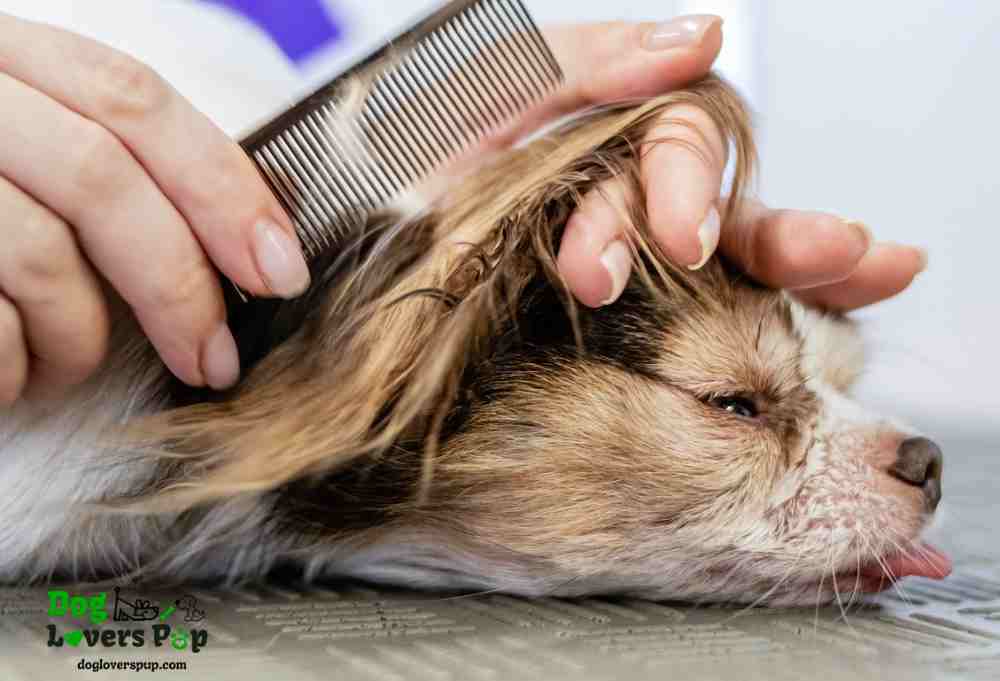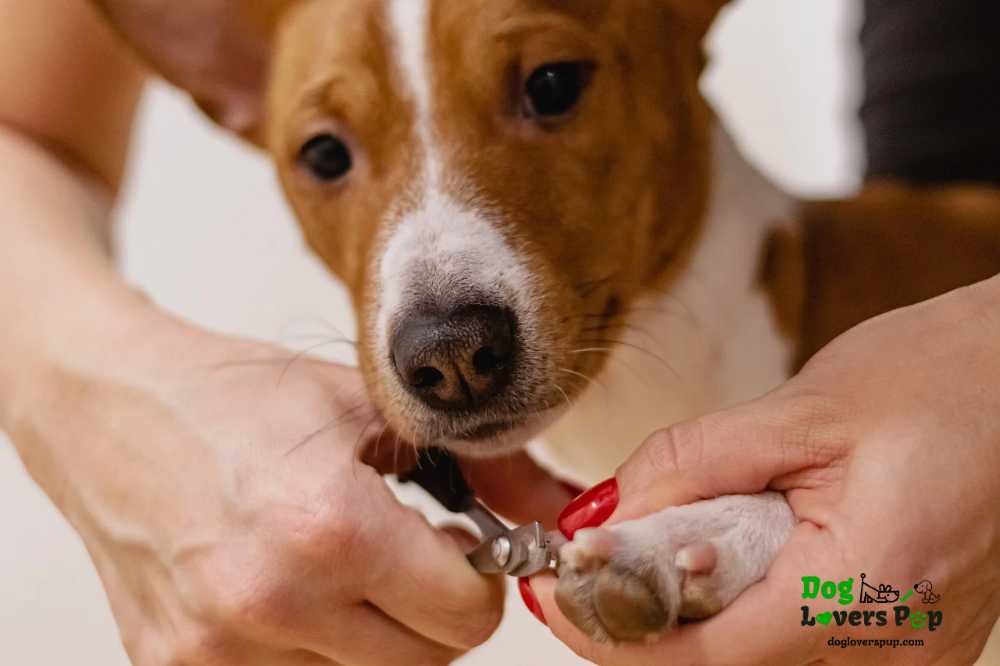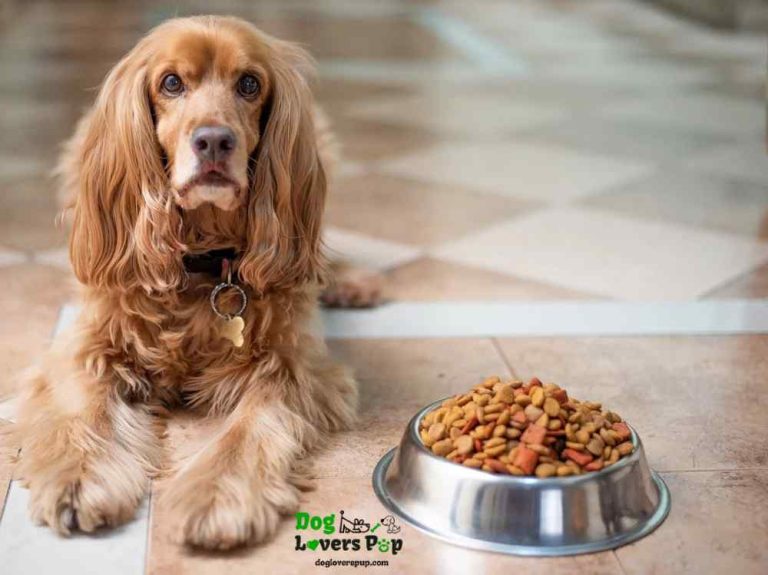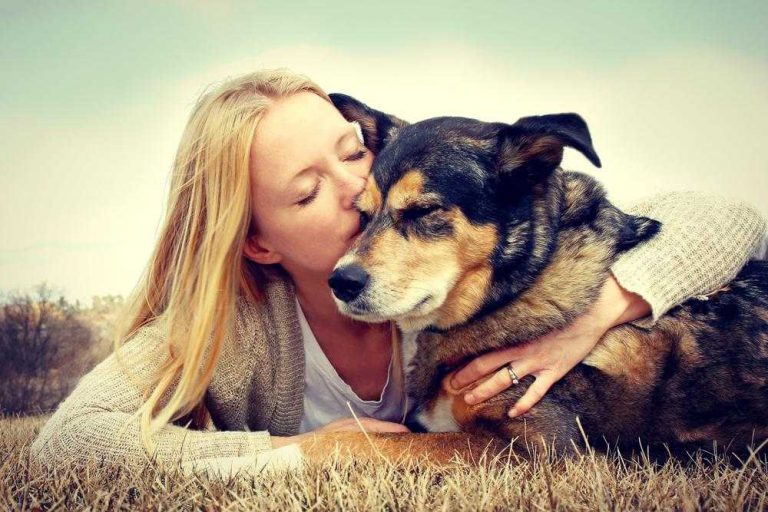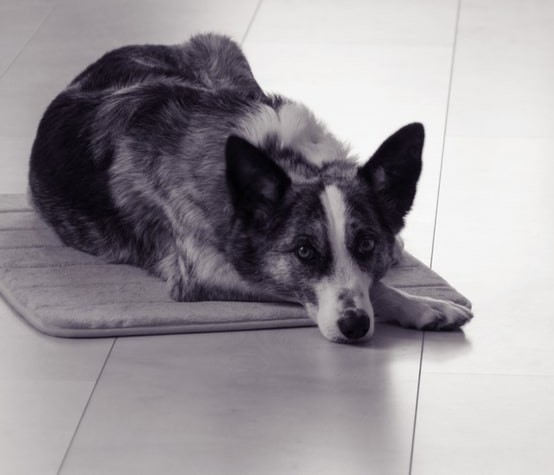Everything New Dog Parents Need to Know About Raising a Happy, Healthy Dog
Dogs are amazing companions and make great additions to any family. Owning a dog can be one of the most rewarding things you’ll ever do. As a new owner, there’s a lot to learn before you can make your new furry friend part of the family.
This blog post is designed to give you all the information you need to know in order to raise a happy, healthy dog. From housebreaking and training tips to nutrition and exercise advice, we’ve got you covered! So read on and get ready to become the best pet parent your dog could ask for!
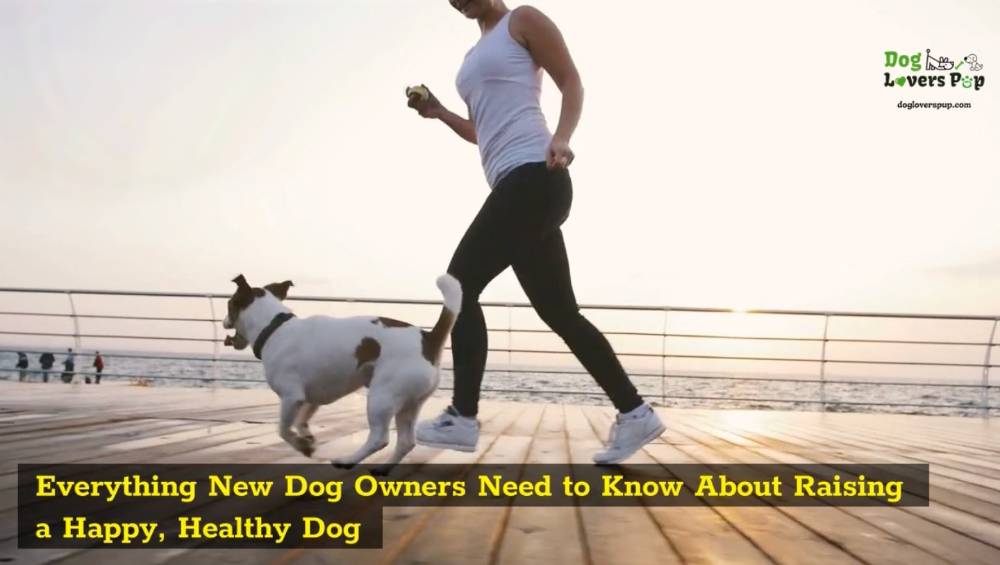
Table of Contents
Things to consider before bringing a dog into your home
There are a few things you need to consider before bringing a dog into your home. One of the most important is whether or not you have enough space for a pet. Dogs need plenty of exercises, so make sure there’s room in your yard for them to run around or that you’re willing to take them on walks several times per day.
Be sure to also think about your budget before bringing a dog into your home. Dogs can be expensive to care for. Do you have the funds to pay for veterinarian fees, food, toys, and other essential supplies adding up over time?
Ask yourself if you’re prepared to handle some additional responsibilities like housebreaking, obedience training, and regular grooming. If not, you may want to reconsider bringing a dog into your home.
And finally, be sure that everyone in your home is on board with owning a dog; after all, it will be a part of your family for years to come.
If you can answer “yes” to all of these questions, then congratulations! You’re ready to become a dog owner. But before you go out and choose your new furry friend, there are a few more things you need to decide.
The first thing you need to decide is if a puppy or an adult will better suit your lifestyle and needs. Puppies require a lot of time and commitment, while adult dogs may be more suited for those with less time to devote to pet care.
Another thing to decide is the size of the dog that will best fit your home. Some large breeds (like German Shepherds) need plenty of space to run around, while smaller breeds can be perfectly happy in an apartment.
The next step is to choose the right breed.
How to choose the right breed for you and your family?
There are many different breeds of dogs to choose from. When deciding which one is right for you, there are a few things to keep in mind:
Is the dog going to stay indoors or go outdoors? If the dog will be spending most of its time inside your home, then you may want to consider a smaller breed (like a Yorkshire Terrier) that can be easily trained to use a litter box. If you’ll be taking your dog outside, then larger breeds like Golden Retrievers may suit your needs better because they’re not as likely to take off after something and get hurt or lost in the process!
The size of the dog will also matter if there are small children in the home. Bigger dogs can be overwhelming for toddlers and young children, so keep that in mind when choosing a dog breed.
Introducing your new dog to the family and to other pets in the house
When you first bring your new dog home, it’s important to take things slow. Make sure to introduce the dog to all family members and other pets in the house one at a time.
Let each person give the dog a good pat on the head and maybe offer a treat or two. The same goes for introducing the dog to other pets in the house.
If you have a cat, for example, let the dog sniff the cat from a distance before allowing them to interact. This will help ensure that everyone in the home gets along well with your new furry friend!
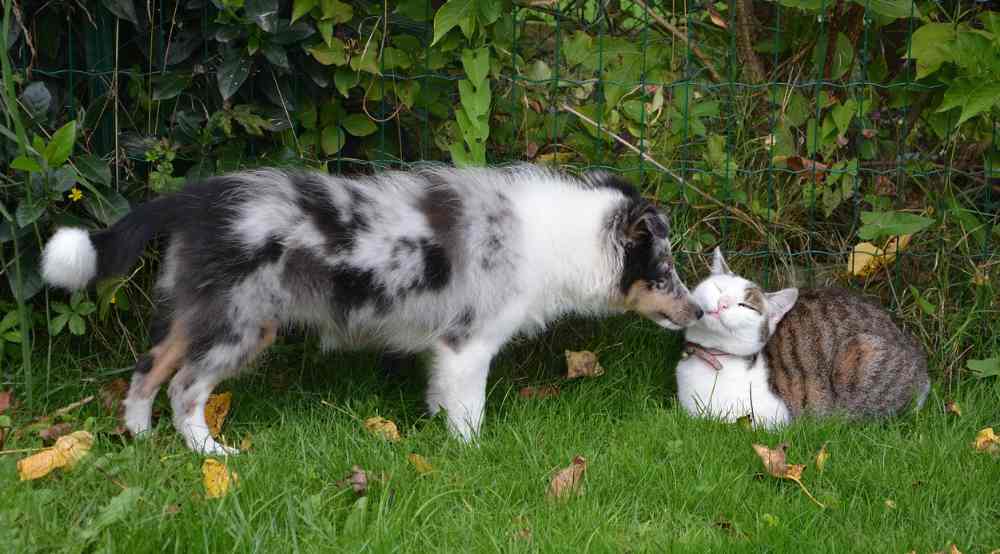
If you already have a pet in the home, be sure to keep an eye on how they’re reacting to the new dog. Some pets may be fine with the new addition, while others may feel threatened and act out. If this is the case, it’s best to keep them separated until everyone has had a chance to adjust.
Housebreaking your new dog
Housebreaking is a must! Dogs can be taught to relieve themselves outside, but it takes time and patience.
Start by taking the dog out on a regular schedule (every two hours for puppies, every four hours for adult dogs) and immediately reward them when they go potty in the right spot. Be sure to keep an eye on your dog at all times and take them outside immediately when you see them start to sniff around or squat.
What is the best way to housetrain my new puppy?
There is no one-size-fits-all answer when it comes to house training puppies. Some people prefer crate training while others use positive reinforcement – such as treats and praise – to teach their dog where to go. The most important thing is to be consistent with your training methods and to never punish the dog for making a mistake.
Obedience training

Obedience training is also a must for new dog parents. Dogs need to be taught how to behave in different situations, such as when they’re meeting strangers, going for walks, or playing with other dogs. They need to be taught who’s boss and what behaviors are acceptable in your home.
Start obedience training as soon as possible (puppies should begin at eight weeks old) and continue throughout the dog’s life. It will help ensure that your dog is well-behaved and knows how to respond to basic commands like sit, stay, come, and down.
How to deal with behavioral issues like barking, digging and chewing?
Dogs are wonderful animals, but they still have their flaws. Barking is one of the most common behavioral issues dog owners face. There are a few things you can do to help curb the behavior:
– Make sure your dog gets enough exercise. A tired dog is less likely to bark for no reason.
– Provide plenty of dog toys to chew on. This will keep your dog from chewing on furniture, shoes, and other items he or she shouldn’t.
– Train your dog to respond to the “quiet” command. If your dog starts barking, say “quiet” in a firm voice and immediately give him or her a treat.
– Invest in a good dog silencer or bark collar. These collars emit an electronic sound or vibration that interrupts the dog’s barking.
If your dog is constantly digging in your yard, there are a few things you can do to deter him or her:
– Digging pits can be filled with water, so when your dog starts to dig, he’ll quickly lose interest.
– A fence around the perimeter of your yard will help keep your dog from digging in the first place.
Dogs can be quite destructive when they’re bored or left alone for long periods of time. It’s important to provide plenty of entertainment options like tough chew toys and balls so he doesn’t resort to chewing on furniture or shoes:
– When you’re not at home, keep your dog crated or in a kennel. Keeping him in a dog crate or kennel will help keep him from getting into trouble while you’re away.
– Provide chew toys and bones to gnaw on when you leave the house. Dogs are more likely to chew on their own belongings than yours if they have something of theirs to chew on.
– Take your dog for a walk or play with him in the yard before leaving for work or school. This will help wear him out so he’s less likely to get into trouble while you’re away.
Dogs are also known to chew on things they shouldn’t, like electrical cords. To prevent this from happening, keep cords out of your dog’s reach and teach him to leave them alone:
– Keep electrical wires up high. Dogs are less likely to chew on things they can’t easily get to, so keep the cords off the ground or behind furniture and appliances where he has no access.
– Put a cover over exposed outlets. A simple child-proofing cover will keep your dog from getting electrocuted if he does chew on a cord.
– Teach your dog the “leave it” command. When he starts to chew on something he’s not supposed to, say “leave it” in a firm voice and give him a treat when he stops.
Dealing with behavioral issues can be frustrating, but it’s important to stay calm. Getting angry or rough with your dog will only make the problem worse.

Dogs need a balanced diet just like humans do. A poor diet can lead to health problems down the road, so it’s important to choose the right type of food for your dog.
There are a variety of different types of dog food on the market, and it can be confusing to know which one is best for your pet. Here’s a breakdown of the most common types:
– Dry dog food is the most common type of food and usually contains all the nutrients a dog needs. It comes in kibble or pellet form and should be fed to dogs at least two times a day.
– Wet dog food is more expensive than dry, but it’s also higher in protein and fat which helps keep your dog healthy and full of energy throughout the day. It comes in cans or pouches that can be served as a meal or to supplement dry food.
– Raw dog food is gaining popularity among pet owners who believe it’s more natural than processed kibble or wet food. It typically consists of meat, bones, and organs that have been ground up and frozen. Some people give their dogs raw food as the only type of diet, while others mix it in with dry or wet food.
– Dehydrated dog food typically comes in a lightweight food blend that only requires adding water to create your pup’s next delicious meal. Dehydrated dog food involves a gentle moisture removal process using warm air. By removing the water content from the ingredients, this minimally processed dietary option offers a healthy and nutrient-rich diet to dogs of all ages. It doesn’t need to be refrigerated and has longer shelf life than wet dog food.
– Freeze-dried dog food is also popular among dog parents that want a minimally processed diet for their dogs. During the freeze-drying process, food ingredients transition from raw to freeze-dried without being thawed or cooked so the nutritional value of the raw meat is retained. Freeze-dried dog food is made of raw, unprocessed ingredients that are frozen and then dried using a low temperature and low pressure to remove the water. A freeze-dried diet is very nutrient-rich and can be a great option for dogs with allergies or sensitivities to other types of food.
Raw freeze-dried vs dry kibble: Which is better for my dog?
There are pros and cons to both raw freeze-dried and kibbled dog food:
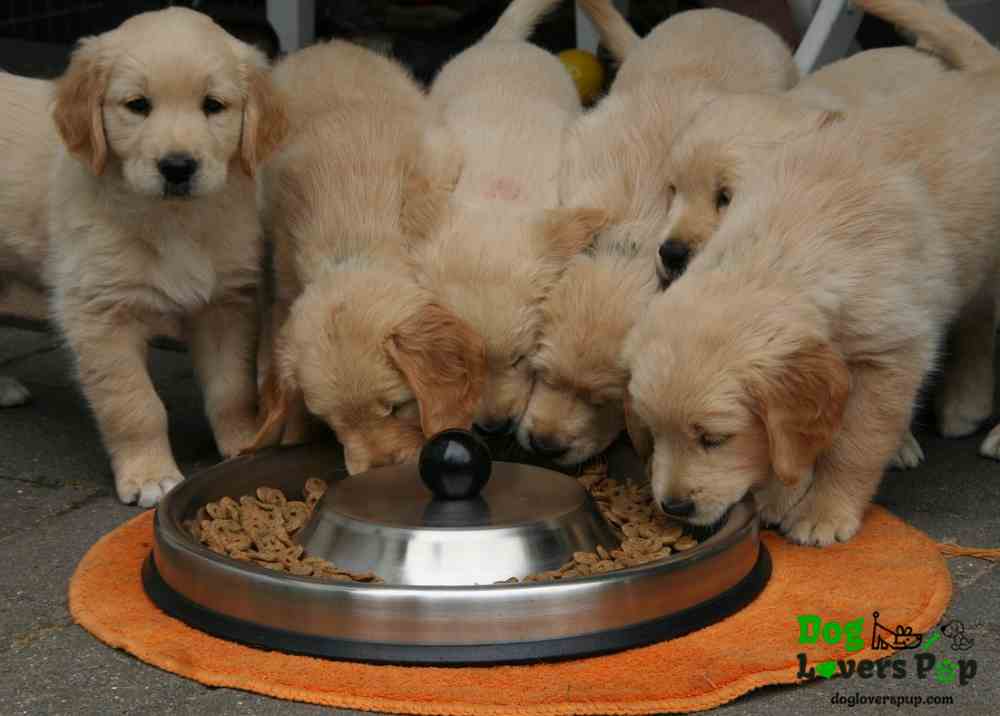
Dry food is more convenient to feed since all you have to do is add it to your pet’s bowl. It doesn’t require refrigeration or preparation. This convenience comes with a price tag (literally). The higher the quality of dry dog food, the more expensive it tends to be. Because kibble is made with heat, it also loses some of its nutritional value.
Freeze-dried food is more expensive than dry food, but it’s a lot cheaper than feeding your dog a diet of raw meat and bones. It also has a longer shelf life than cooked foods. And because the ingredients are frozen and then dehydrated, they retain more of their nutritional value than kibble.
If you’re not sure which type of food your dog needs, speak with his veterinarian about choosing a diet he’ll enjoy that will be good for his health. The best way to decide which type of food is better for your dog is to consult with your veterinarian. The vet will be able to tell you if your pup has any health conditions that would require a special diet and can recommend the best food for his individual needs.
Dogs are less likely to get sick and stay healthy if they’re fed a balanced diet, so make sure you read the label every time you buy dog food:
– Look for ingredients like beef or chicken at the top of the list. Dogs are carnivores and need plenty of meat in their diets, preferably from named sources such as “chicken” rather than just “meat.”
– Avoid foods with a lot of fillers like corn, wheat, and soy. These ingredients are often used to make dog food cheaper but they’re not as healthy for your pet.
– Make sure the food is specifically designed for dogs.
When to feed your dog and how much to feed?
Feed your dog at least twice a day. Dogs love routine, so feeding him at the same time every day will make him more likely to eat everything in his bowl.
Feed your dog the proper amount of food based on his age, weight, and activity level. If you have a picky eater or one who tends to overeat, avoid free-feeding him throughout the day – instead give him two meals at regular intervals when he’s most active.
Proper nutrition and diet is the key to keeping your Fido healthy. Make sure he’s getting everything his body needs by choosing nutritious food and feeding him at regular times each day.
How and when to switch from puppy food to adult dog food
Dogs generally start eating adult dog food at about six months of age, but you can switch them earlier if they’re already a healthy weight. When you switch from puppy food to adult food, start by mixing a small amount of adult food into your puppy’s current diet.
This will help your dog get used to his new diet and prevent him from getting an upset stomach or diarrhea. Gradually increase the proportion of adult food over the next few weeks. By the time your dog is eating only adult food, he should be fully transitioned to his new diet.
If you’re not sure when to switch, consult a professional like a veterinarian or pet nutritionist who can advise you of how much longer he needs to be on puppy formula before transitioning into adult food.
When should you switch to senior dog food?
Most dogs can start eating senior dog food around age seven or eight. Check with your veterinarian to see if he recommends switching sooner based on your dog’s health and weight.
Just like with adult food, start by mixing a small amount of senior food into your dog’s current diet. Gradually increase the proportion of senior food over time. By the time your dog is eating only senior food, he should be fully transitioned to his new diet.
What foods to avoid for dogs
The ASPCA advises pet owners to keep these foods out of their dogs’ reach:
– Chocolate: While most chocolate is not poisonous for pets (it’s the caffeine and stimulants that can be harmful), it contains methylxanthines, which are found in cocoa beans. Methylxanthines cause vomiting and diarrhea. If your dog consumes a large amount of chocolate, he could also experience heart problems and seizures.
– Grapes: Grapes can cause kidney failure in dogs. Even just a few grapes can be dangerous for your pet.
– Onions: Onions contain toxins that can damage red blood cells in dogs, leading to anemia.
– Garlic: Garlic is also toxic to dogs and can cause anemia.
– Macadamia nuts: These nuts are poisonous to dogs and can result in muscle tremors, vomiting, and fever.
– Avocados: The pit, skin, and leaves of avocados contain a toxin that can cause vomiting and diarrhea in dogs.
– Alcohol: Even small amounts of alcohol can be dangerous for pets. Ingesting it can cause intoxication, respiratory problems, coma, and even death.
Be sure to keep these foods out of your dog’s reach to prevent him from accidentally eating them.
Types of special diet that some dogs may need
Some dogs may require a special diet due to allergies or health conditions. Here are some of the most common types of special diets:
– Limited ingredient diet: A limited ingredient diet contains a small number of easily digestible ingredients, making it ideal for pets with food allergies or sensitivities. Typical ingredients include chicken, turkey, lamb or fish; rice and grains; vegetables like carrots, sweet potatoes and peas.
Dogs with food allergies will often have an allergic reaction to certain proteins in their diet. A limited ingredient diet can help identify the specific allergen your dog is reacting to so you’ll know what types of foods are safe for him.
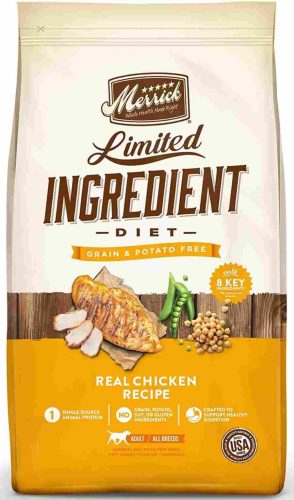
– Hypoallergenic dog food: Hypoallergenic dog food is made without common allergens like dairy, wheat, soy, and corn.
– Hydrolyzed protein diet: A hydrolyzed protein dog diet contains proteins that have been broken down into smaller pieces, making them easier for dogs to digest. This type of diet is ideal for pets with food allergies or sensitivities.
– Grain-free diet: A grain-free dog food is made without grains. Many dogs have a sensitivity to wheat, corn, and other grains that cause skin reactions or allergies. This type of dog food can help reduce your pet’s symptoms and lead to better overall health.
– Low carbohydrate diet: Many vets recommend switching to low carbohydrate diet for cases like diabetes or obesity, which can be treated by restricting your dog’s carbohydrate intake.
– High-calorie dog food: If your pet needs to gain or maintain weight, you can add extra calories by switching to a high calorie/high protein food that contains higher levels of fat and meat.
What to do if your dog is overweight or underweight?
If your dog is overweight: Reduce his portion sizes and swap out high-calorie treats for low-caloric ones. Add more exercise to his day by taking him on longer walks or runs. You may also want to consider switching your furry friend to a low-fat diet that is more nutritious, and lower-calorie brand.
If your dog is underweight: Add calories to his diet by switching to a higher-calorie food. Feed him smaller meals more often throughout the day. Add a fatty supplement to his food, like fish oil or coconut oil. You can also add canned food to his diet or increase meal sizes. If your dog is still not gaining weight, you may need to see a veterinarian for assistance.
How much food should your dog eat?
You’ll need to figure out how many calories are in the food you feed him and then determine if he needs more or less than that amount to maintain his weight.
Many commercial dog foods also have feeding guidelines on the back of the bag that will tell you how much to feed your pet based on his weight and age.
Choosing the right food to keep him healthy, happy, and energetic all day long
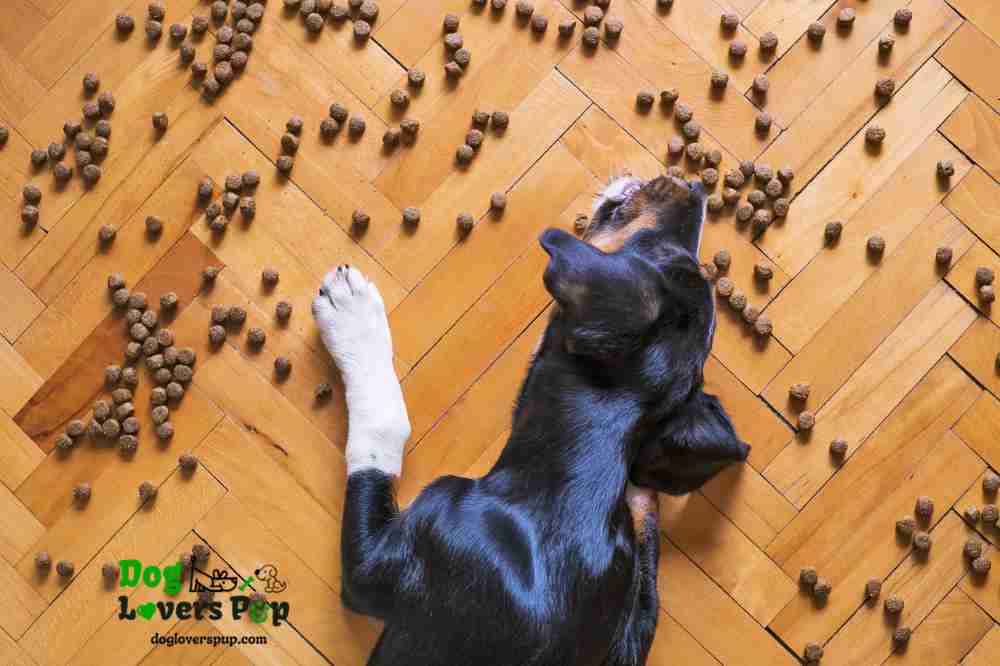
When it comes to choosing the right food for your dog, there are a few things you’ll need to take into account:
– The type of diet: Is your dog allergic to any ingredients? Does he have a health condition that requires a special diet?
– His age: Puppies and senior dogs may require different types of food than adult dogs.
– His activity level: A high-energy dog will need more food than a couch potato pup.
– His size: Larger breeds of dogs usually require more food than smaller breeds.
Some common problems that can occur when dogs are fed an unhealthy diet include:
– Obesity
– Diabetes
– Pancreatitis
– Joint pain and arthritis
– Urinary tract infections
– Skin problems such as allergies or hot spots
The best way to avoid these health issues is to feed your dog a healthy diet full of nutritious, wholesome ingredients.
Dog Treats - Healthy or Harmful?
Many owners love to give their dogs yummy treats as a way of saying “good boy” after they’ve completed a task or trick. There’s nothing wrong with giving your furry friend a treat every now and then – it adds variety to his day, keeps him mentally stimulated and can help you bond by training him for simple tricks such as sit or stay.
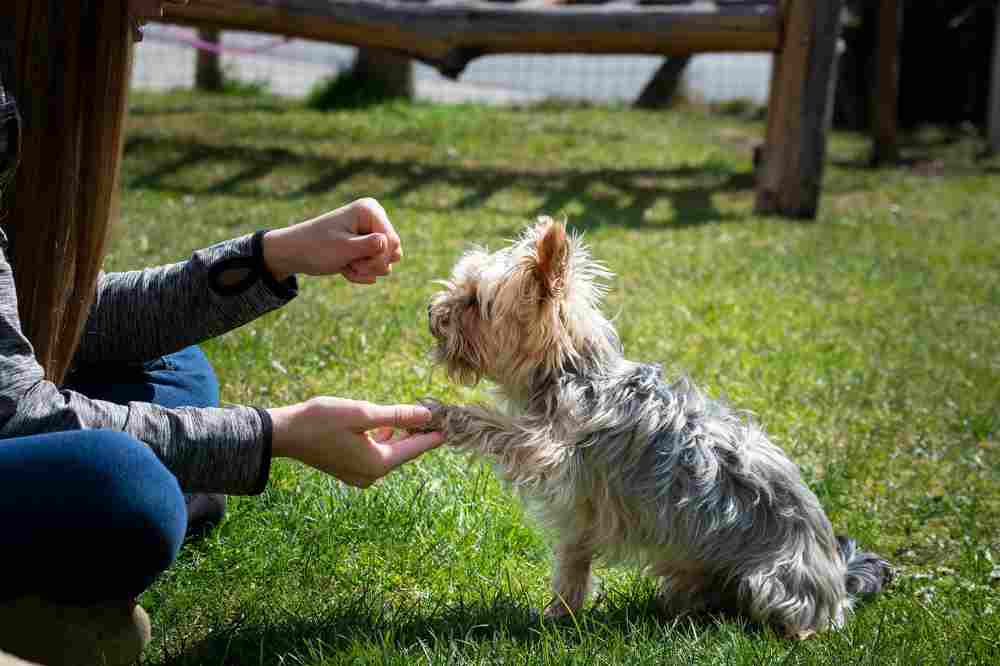
But it’s important to remember that treats should be a special part of your dog’s diet, not the main course! If you’re feeding your dog treats as a replacement for his regular food, he’s not getting the balanced diet he needs to stay healthy.
It’s not a good idea to give your dog too many treats. Most dogs don’t need any special treats at all, and there are even some that should be avoided altogether if you want to keep them safe:
– Anything with sugar or artificial sweeteners
– Rawhide chews. Rawhide is not a healthy snack for dogs because it contains chemicals that can damage the digestive tract and cause vomiting or diarrhea in pets who eat them regularly.
– Bones. Research shows that when some dogs chew on these types of bones, they might break off pieces to swallow which can lead to choking.
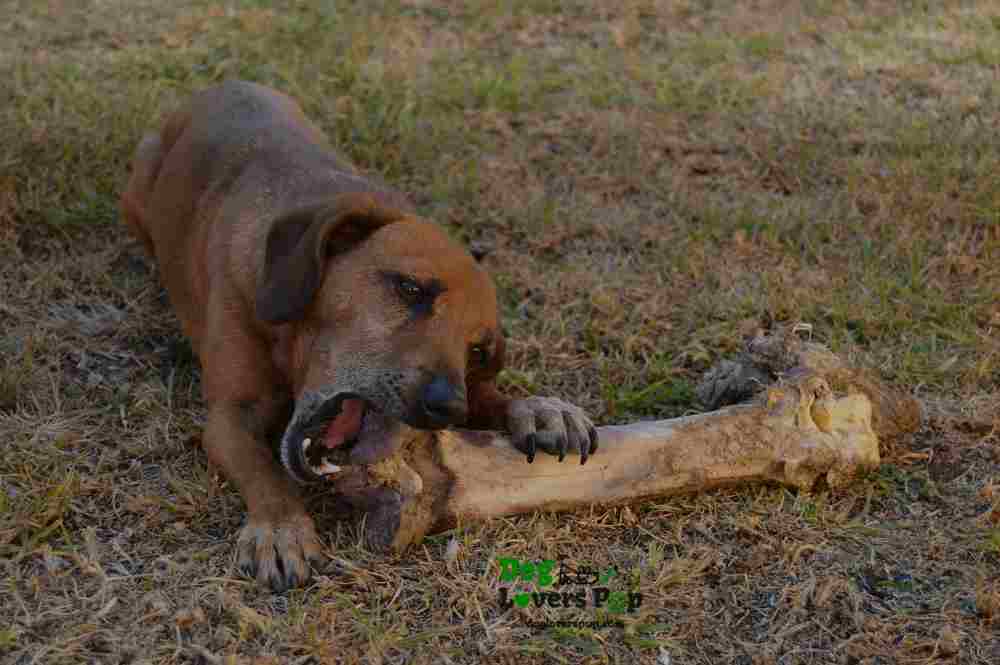
Instead, try giving your dog fruits and vegetables as a healthy treat. Some good options include:
– Apples
– Carrots
– Green beans
– Broccoli florets
Make sure that any dog treat you give him is healthy and nutritious, just like his regular food. If you do want to give him a chewy treat, try picking one that is low in calories and fat but high in fiber. You can also make “dog cookies” from healthy ingredients at home.
Types of dog treats

– Training treats: Training treats are small, bite-sized snacks that are used to reward dogs for good behavior. They’re typically made with simple, healthy ingredients and are low in calories.
– Snack treats: Snack treats are larger than training treats and can be given as a between-meal snack or used as a food topping. They can also be used to reward your dog after he has completed a trick or task.
– Jerky treats: These are made from strips of dried meat and fat, which may contain preservatives like BHA and BHT that aren’t healthy for dogs. They’re not recommended as an everyday treat because they don’t provide enough nutrients but should be fine to give as a special treat every once in a while.
– Dental treats: Dental treats are designed to help keep your dog’s teeth clean and healthy. They’re made with ingredients that help reduce plaque and tartar build-up.
– CBD treats: CBD treats are made from hemp, which contains CBD (cannabidiol), an ingredient that helps reduce anxiety and inflammation in their pet. While not all dogs react to them the same way, some brands have been shown to help with conditions like anxiety or arthritis.
– Homemade treats: Treats you make from scratch are always going to be healthier than dog treats you buy at the store. They’re also typically cheaper and can easily be made in bulk so they last longer.
Because dogs have different dietary needs, it’s important that you keep an eye on what he eats even if it is a healthy treat. The last thing you want is for him to become ill from a treat that was supposed to make him happy!
Here are some healthy treats your dog will love:
– Banana slices (good source of vitamin B)
– Peanut butter and carrot sticks (a great source of protein and vitamins A, C & K)
– Canned pumpkin (good for digestion)
– Turkey jerky or cooked chicken breast and rice cakes. Try mixing both together to make a fun food topping!
Supplements and vitamins that can improve your dog's health
Just like humans, dogs can benefit from taking supplements and vitamins to improve their overall health. Some of the most common supplements for dogs include:
– Omega- fatty acids, which help promote healthy skin and coat, as well as joint health
– Probiotics, which helps maintain gut health and digestion
– Multivitamins, which provide essential vitamins and minerals that may be missing from your dog’s diet
– Glucosamine and chondroitin, which help support joint health
– Coconut oil and flaxseed, which can help keep your dog’s coat and skin healthy
– Salmon oil, which can help improve brain function and support joint health
– Turmeric curcumin, which helps relieve inflammation and boost the immune system
If you’re thinking about giving your dog supplements, it’s best to do your research first and consult with your veterinarian. He or she can tell you if the supplements are appropriate for your pet and able to tell you how much should be given on a daily basis.
When purchasing supplements for your dog, always follow the recommended dosage on the product label as well. And although it may be tempting, never give human vitamins or medications to your pet! They can contain substances that are toxic or even deadly for dogs.
Exercise and playtime for dogs
Dogs need exercise just like humans do, and it’s important to provide your pup with plenty of opportunities for playtime and physical activity. A healthy dog is a happy dog!
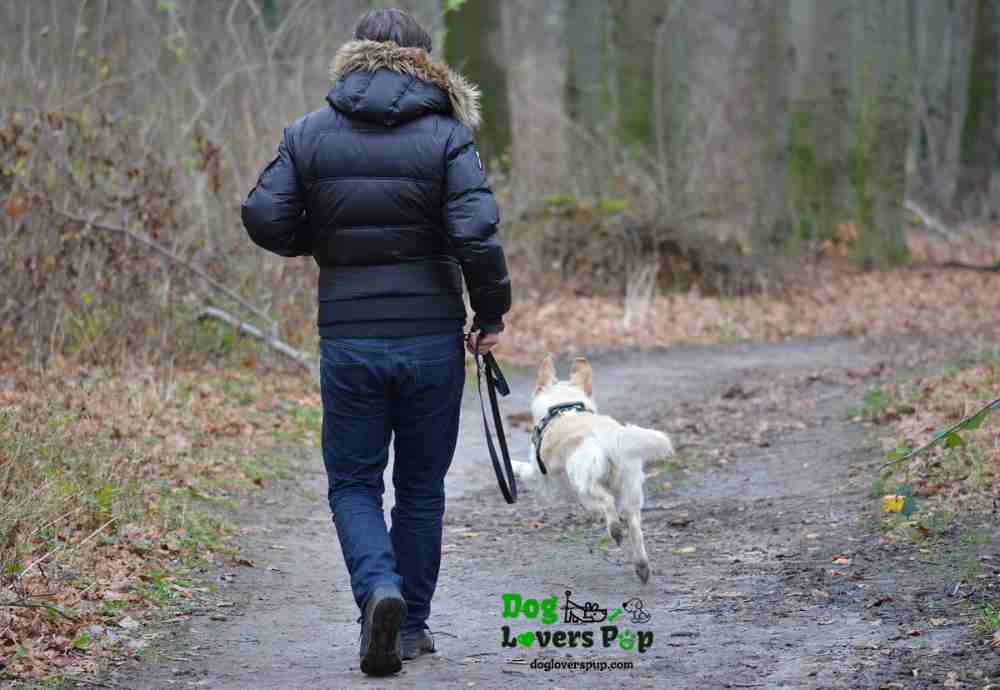
How much exercise does my dog need?
The amount of exercise your dog needs will vary depending on his age, breed, and size. As a general rule, puppies should get about 30 minutes of exercise per day, while adult dogs should get at least an hour. However, you may need to increase or decrease the amount depending on your dog’s individual needs.
How can I keep my pup entertained?
Puppies need plenty of opportunities for playtime to help them develop social skills, physical coordination, and a healthy mental state. There are a number of ways to keep your pup entertained and active. Some easy ideas include:
– Swimming in a pool or lake (depending on your dog’s breed and how well he swims)
– Playing with interactive toys that can be programmed to dispense treats or reward your dog when he plays with them
– Training your dog new tricks
– Having play dates with other dogs
– Taking him for walks when the weather is nice
– Playing fetch
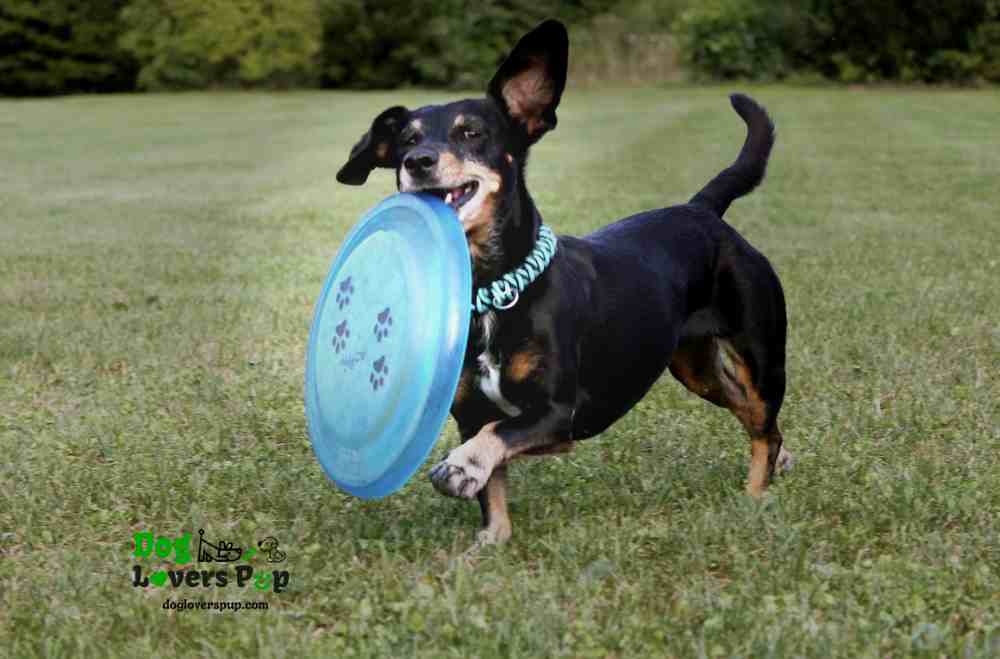
Rotating through a variety of toys so he doesn’t get bored easily. Some good toys for puppies and older dogs include Frisbees, rubber chew toys, squeaky plush toys, rope toys that can be tugged on or thrown up in the air, stuffed animals with soft bodies.
How can I make sure my dog gets enough exercise?
In addition to providing opportunities for playtime and physical activity, you should also make sure your dog gets enough exercise every day.
A good way to do this is by taking him for a walk, especially if you live in an apartment building and don’t have the option of giving him access to the outdoors or a fenced-in yard.
Grooming your new dog
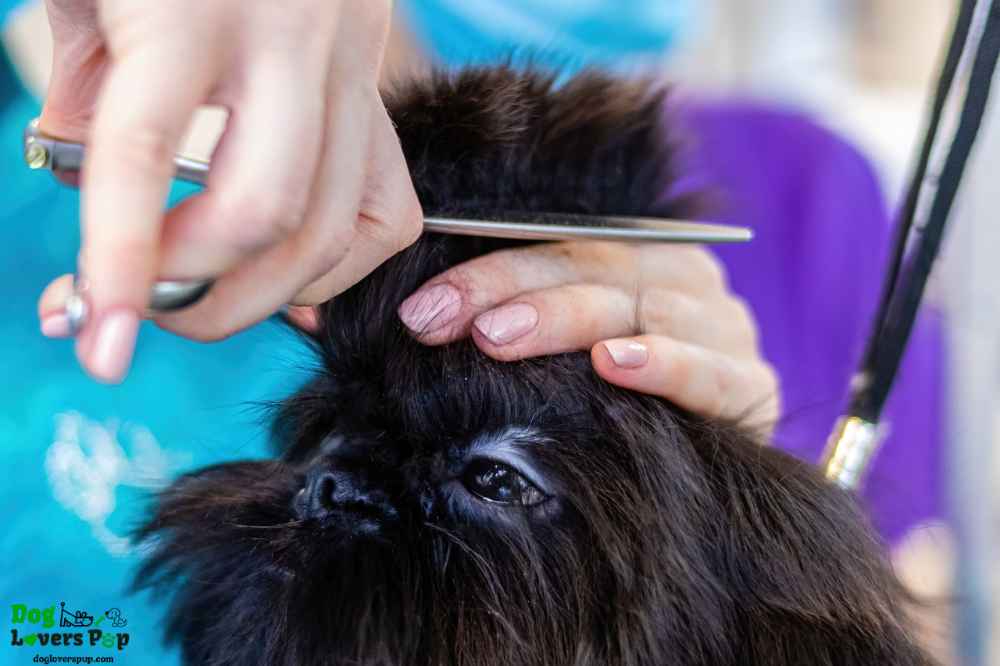
It’s important to keep your dog clean and groomed, not just for aesthetic reasons but also for his health. Depending on the breed of your dog and how fast his fur grows, he may need regular grooming sessions every one or two weeks. On average though, most dogs only need to be groomed once a month.
Just like people, every dog is different when it comes to grooming needs. Some are very low maintenance while others require a lot of care on an ongoing basis – especially if they have long hair or thick fur. If your dog has long hair, then you’ll need to regularly brush it and keep it clean in order to avoid mats from forming.
Regular grooming can help prevent mats in your dog’s fur, skin infections, and bad odor.
Dog grooming essentials for keeping your pup looking fresh and clean
To groom your dog, you’ll need some basic supplies like a brush, comb, grooming wipes or sprays, ear cleaner, nail trimmers, toothbrush, dog toothpaste, shampoo and conditioner.
How often should I bathe my dog?
The general rule of thumb is to bathe your dog as often as necessary to keep him clean and free of odors. Some dogs only need a bath once a month, while others may need one every week.
Bathing your dog too often can strip his coat of essential oils and lead to skin dryness, flaking, and itching. As a general rule, you should bathe your dog only when he really needs it – usually once or twice a month. However, this may vary depending on your pet’s breed, lifestyle, and individual preferences
The general rule of thumb is to bathe your dog as often as necessary to keep him clean and free of odors. Some dogs only need a bath once a month, while others may need one every week.
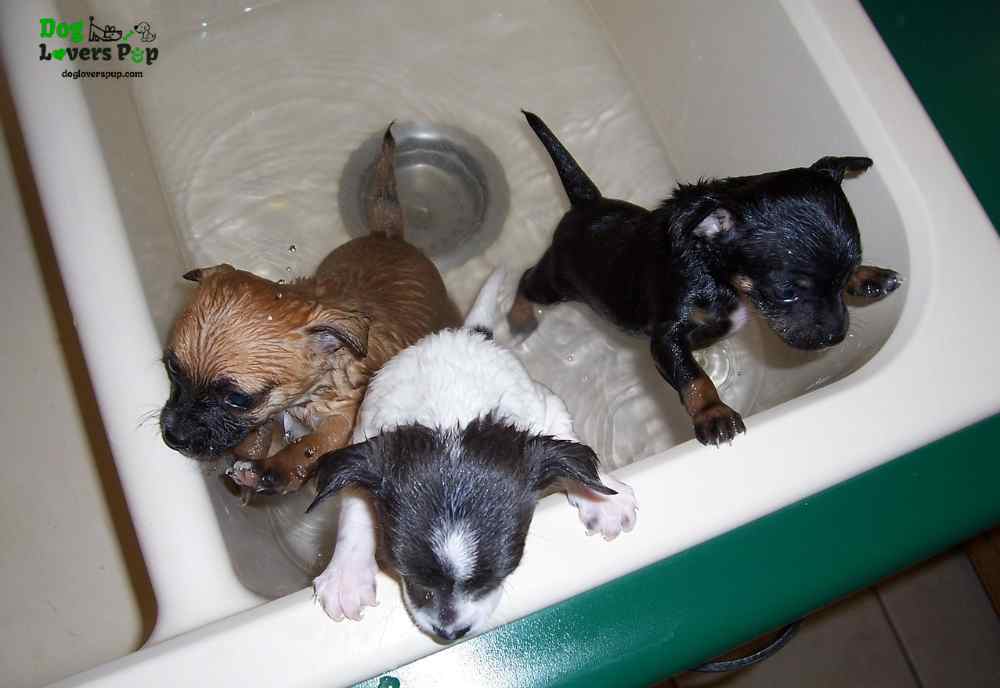
How to bathe your new dog?
The best way to bathe your dog will depend on its size and breed. If he’s a small or medium-sized dog, you can probably bathe him in the sink or bathtub. Just be sure to use a shampoo made for dogs and avoid getting any soap or shampoo in his eyes.
When bathing a large dog, you’ll need to find someone who will be able to help. You may want to consider hiring a professional groomer for this purpose.
How often should you groom your dog?
The frequency of grooming will depend on the type of coat your pet has. Dogs with short, easy-to-care-for coats may only need to be brushed once or twice a week, while those with long, matted hair may need to be groomed every day.
If your dogs have coats that easily get tangled, it may be helpful to brush them more often. Brushing your dog regularly not only helps prevent mats and tangles but is also good for his overall health!
Regular brushing can help remove dirt, loose hair, and dead skin cells from your dog’s coat so they don’t build up in the fur. It will also spread natural skin oils evenly throughout the coat, keeping your dog’s skin healthy.
The type of brush you get will depend on your dog’s breed—some may need a stiff bristle brush while others would prefer soft bristles that won’t hurt their skin or cause irritation.
To prevent matting and keep hair from tangling, it’s important that the coat be brushed and combed on a regular basis. If your dog has long hair, you may want to consider getting him clipped every few months so he doesn’t develop mats in his coat.
Types of dog shampoo and how to choose the right one?
To keep your dog’s coat shiny and healthy, you’ll need to use special dog shampoo and conditioner on a regular basis. Be sure to read the ingredients list before buying any dog grooming products to make sure they are safe and effective.
For dogs with dry or sensitive skin, you may want to consider using oatmeal-based shampoos as they can help relieve irritation and itching.
Dog conditioners can help keep your dog’s coat shiny and soft. Be sure to let the shampoo or conditioner sit for a few minutes on your dog before you rinse it out as this will allow time for the ingredients to work into his hair, skin, and fur.
Dry or waterless shampoo can be a great alternative when you don’t have time to give your dog a full bath. Just be sure to read the instructions carefully and avoid getting any of the product in your pet’s eyes.
Avoid using human shampoo as it can dry and irritate the skin.
Some other things to keep in mind when grooming your new pup:
– Ears should be cleaned regularly using an ear cleaner made for dogs. Gently wipe away any wax or dirt from the outer ear canal using a cotton ball. Do not insert anything into the ear canal.
– Teeth should be brushed at least once a day using dog toothpaste and a soft-bristled toothbrush. Be sure to get all of the surfaces of the teeth, including the gum line.
– Nail trimming can be done using a nail grinder and should also be done on a regular basis, depending on how fast your dog’s nails grow. If you’re not comfortable trimming your dog’s nails, then take him to a groomer.
How to groom your new dog
The best way to groom your new dog is to gradually introduce him to all of the supplies and procedures. Start by simply petting him with a brush, then slowly start brushing his fur in the direction of the hair growth. Next, move on to combing his fur and then bathing him using a gentle shampoo and conditioner. Finally, clip his nails and clean his ears.
It’s important to never force your dog into any grooming procedure he doesn’t want to do – always be patient and go at his pace.
How to take care of your dog’s teeth, ears, and nails?
Just like with humans, it’s important to take care of your dog’s teeth, ears, and nails on a regular basis. This will help keep them healthy and free from infection or other problems.
To clean your dog’s teeth, use a toothbrush and dog toothpaste. Be sure to get all of the surfaces of the teeth, including the gum line. You can also use a dog dental scraper to remove plaque from your pet’s teeth or give him dental chews that are specially designed for cleaning his teeth and gums.
If you’re not comfortable brushing your dog’s teeth then take him to see the vet at least once a year so he can get a professional cleaning.
To clean your dog’s ears, you can use an ear cleaner made for dogs or just wipe them out with a cotton ball and mild soap solution. Never insert anything into the ear canal as this could cause damage or injury to his eardrum. It’s also important that you check inside the ears on a regular basis to look for signs of infection, such as redness, swelling, or discharge.
To trim your dog’s nails, you’ll need a pair of animal nail clippers. Be careful not to cut too close to the quick (the vein in the nail that contains blood) as this can be painful and cause bleeding. If you’re not comfortable clipping your dog’s nails, then take him to a groomer. Nail trimming should be done on a regular basis, depending on how fast your dog’s nails grow.
Crate, Kennel & Doghouses - which one do you need?
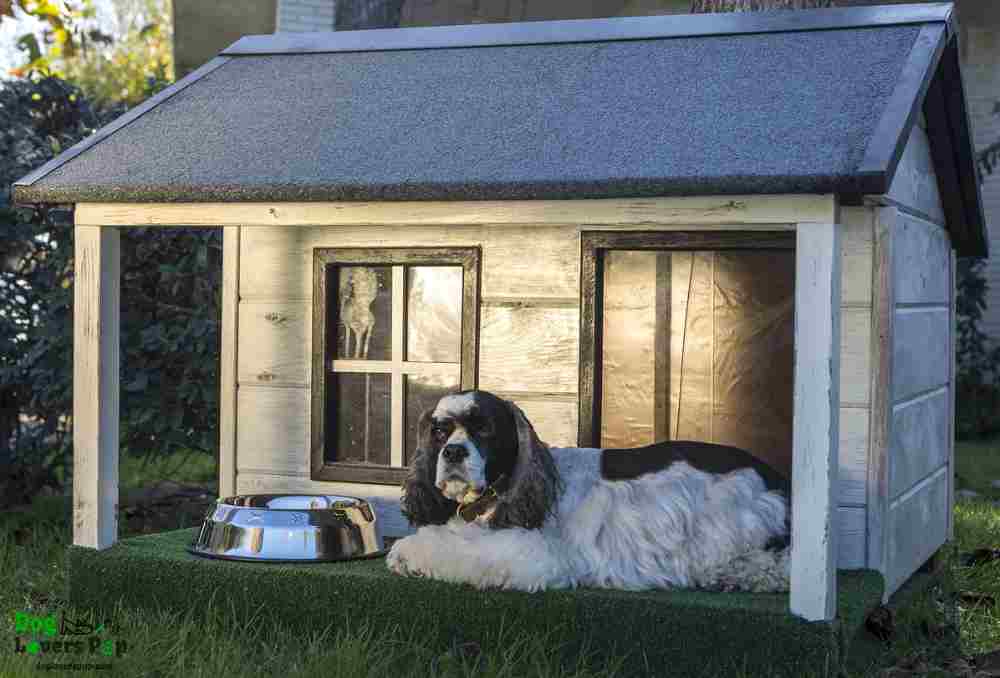
There are a lot of similarities between dog crates and kennels, although they can be used for different purposes.
The main difference is that crates are made to house your Fido while traveling or to put him when you need him out of the way but still want to keep an eye on him and make sure he’s safe.
On the other hand, kennels were originally built as temporary housing structures at animal shelters but now some people use them as permanent homes for their dogs. Outdoor kennels are larger than crates and can provide more space for your pooch to move around in.
Doghouses are designed specifically to keep your dog warm and dry, providing a comfortable place for him to sleep or relax. A dog house can be made from a variety of materials, such as wood, plastic, or metal, and can be customized to fit the size and breed of your dog.
Which one do you need for your new dog?
It really depends on what you plan to use it for. If you’re going to be traveling with your pup often then a dog crate would be the best option. If you want something for the dog to sleep in at night then a kennel is likely your best bet, and if you’re looking for something that will keep your furry friend warm and dry during rain or snowstorms then an insulated doghouse would be ideal.
Dog apparel
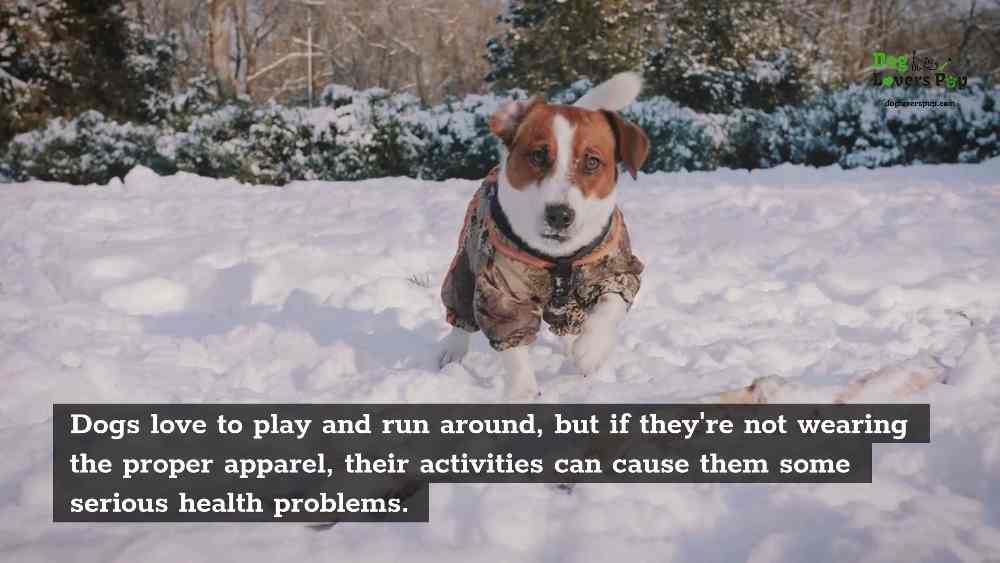
Dogs love to play and run around, but if they’re not wearing the proper apparel, their activities can cause them some serious health problems. In extreme weather conditions, it’s essential to dress your dog in clothes that will keep him warm and dry.
There are many different types of dog clothing available on the market today, from winter coats and jackets to boots and shoes.
What apparel do dogs need?
Dogs can live in a wide variety of climates, so they each have their own unique needs when it comes to clothing. Dogs with thick hair or fur coats don’t typically need jackets.
However, if you’re planning on hiking or camping with your pet during the winter months, then a winter coat or jacket would be an excellent choice. Dogs that live in colder climates need sweaters to help keep them warm and dry when the weather turns cold.
Do dogs need boots or shoes?
Dog boots are an excellent way to keep your pet’s paws safe and dry when it rains or snows. Your furry friend also benefits from wearing shoes so they don’t burn their feet on the hot pavement when walking around town during the summer months if you live in a climate where there is hot asphalt. The thick rubber of the boot will help prevent his feet from becoming burned by extreme temperatures while protecting them from the elements.
How do I put them on my dog?
There are a few different ways to put boots on your dog, but the most common way is to hold him still and slip them over his paws like you would gloves. Some people prefer to use booties that have an elastic strap around the ankle, which helps keep them in place.
It’s important to make sure the boots are a good fit and that your dog doesn’t try to scratch or shake them off because this can be very dangerous for him if he injures his paws.
What should I look for in dog footwear?
When shopping for dog boots or summer shoes, you’ll want to make sure they are made from a durable material that can withstand outdoor elements. The soles should be thick and provide good traction so your pet doesn’t slip on wet surfaces. And finally, the boots should fit snugly but not too tightly so your pup can still move around comfortably.
Keep up with regular vet visits
It’s important to take your dog for regular vet visits. This will help ensure that he’s healthy and free from any infections or other health problems. The vet can also give you advice on how to properly take care of your dog and keep him healthy.
Types of dog vaccinations to give to your dog
There are a number of different dog vaccinations that your pet will need throughout his life. The most common ones are the rabies vaccine, distemper vaccine, and parvovirus vaccine. Your vet can tell you which other vaccines your dog may need based on his age, lifestyle, and geographical location.
It’s important to keep up with your dog’s vaccinations. This will help keep him healthy and free from illness or disease.
Spay or neuter your pet
Spaying or neutering your pet is an important step in responsible pet ownership. It will help control the population of unwanted animals, and it can also have health benefits for your pet.
It’s important to spay or neuter your pet regardless of cost – it’s one of the most responsible things you can do as a pet owner.
Dog DNA test
There is no right or wrong answer to this question – it depends on your individual circumstances and what you’re looking for in a dog DNA test. Some people may find value in having a dog DNA test to confirm the breed of their pet, while others may use it as a tool for breeding purposes.
Choosing a good dog DNA test can be difficult because there are so many on the market today. However, one of the most reliable brands available is Wisdom Panel . This company offers several different types of tests for identifying your pet’s breed and health risks.
When choosing a dog DNA testing kit, be sure to read the reviews and compare the features of different kits before making a decision. Don’t forget to factor in the cost as well!
Conclusion
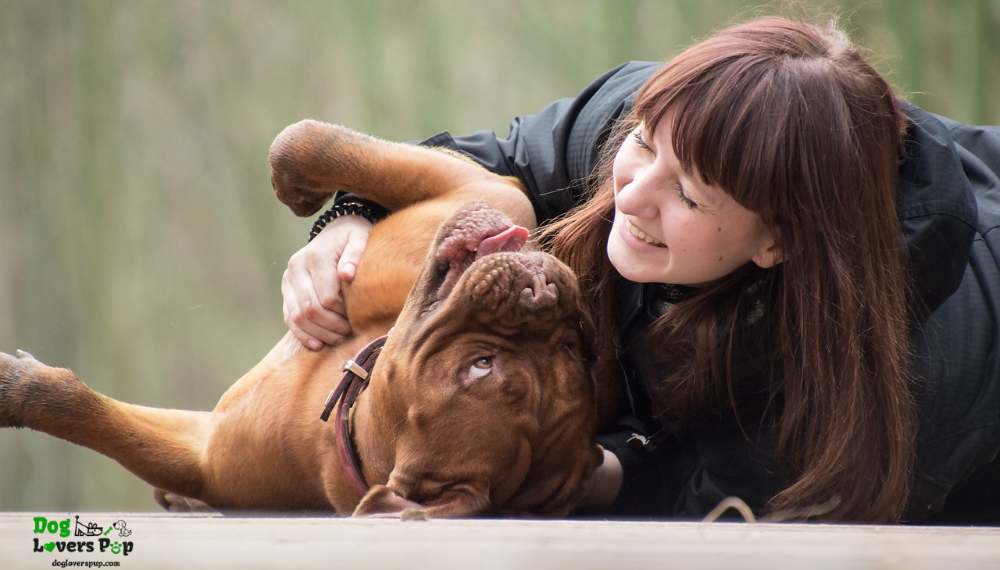
Raising a happy and healthy dog is all about doing the right things, in the right order. As new pet owners, we want to do everything possible for our dogs because they’re such great companions! Knowing what’s most important can help us raise the dog of our dreams and make the most out of every day spent together!
Do you find this article helpful? Let us know in the comments what do you think about it and feel free to suggest topics that you would like us to cover in the future.
Disclaimer: This article doesn’t intend to replace professional veterinary advice, nor should it be used as a substitute for veterinary services, diagnosis, or treatment. The content on this website, including information and opinions expressed herein, are intended for general informational purposes only. In case you have concerns or questions regarding your dog’s health and diet requirements, please consult your veterinarian before doing anything that might affect it.
DogLoversPup.com and the writer are not responsible or liable for any damage, liability, costs, or claims arising from any possible consequences of the reader’s action after reading this article.

